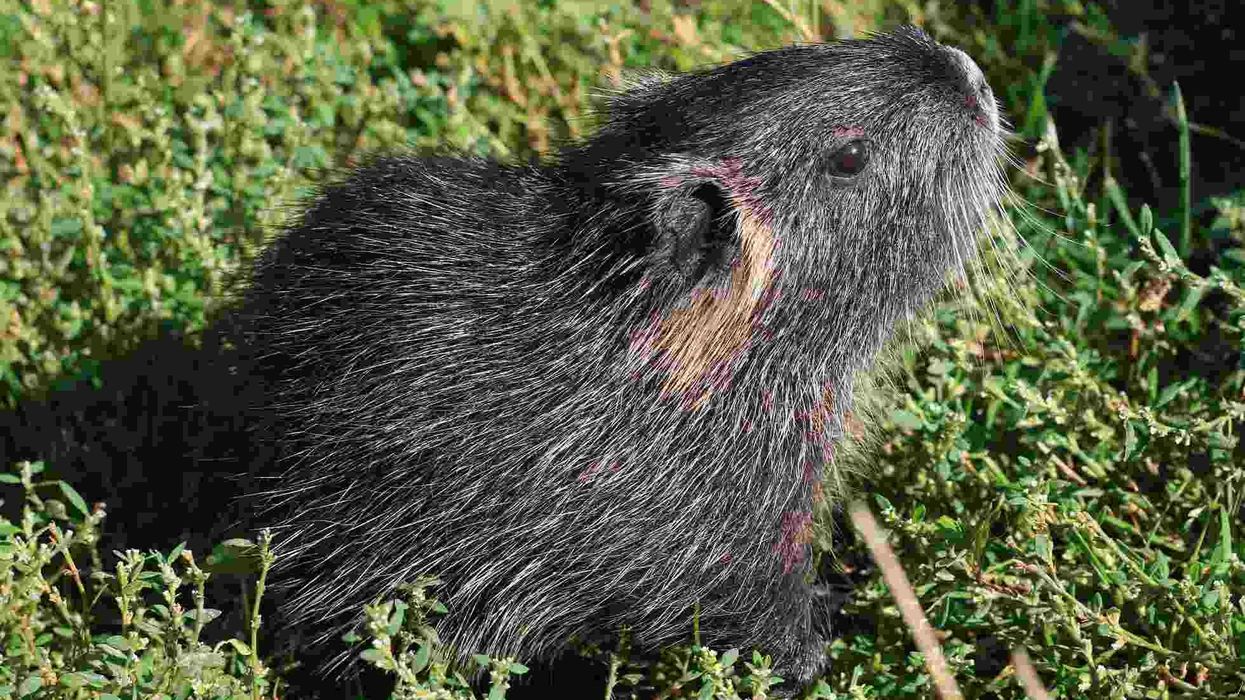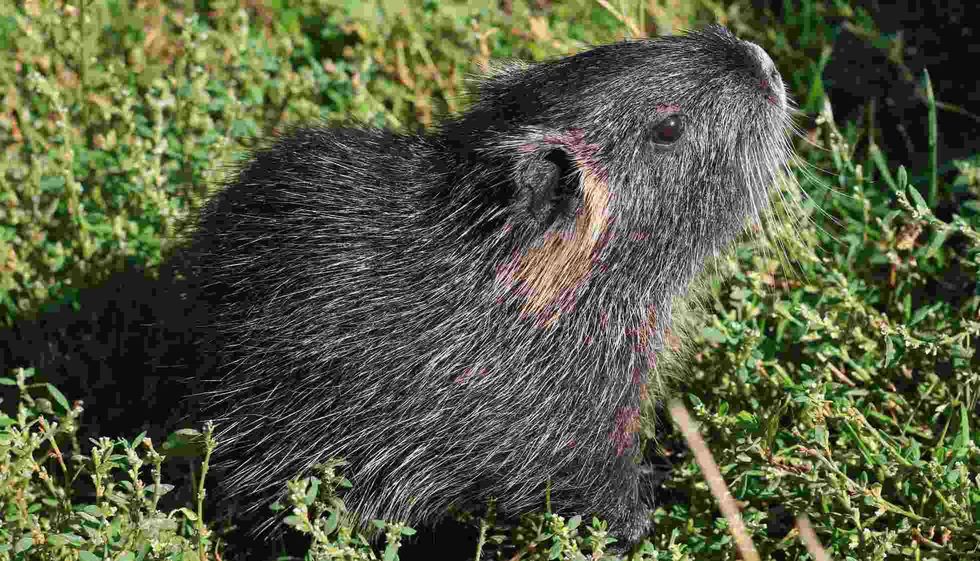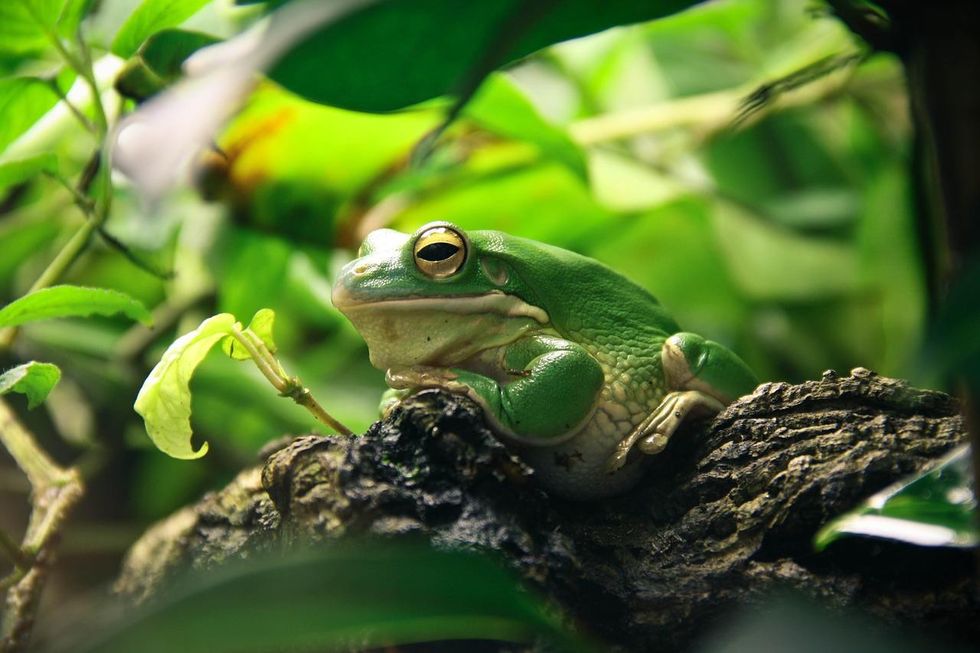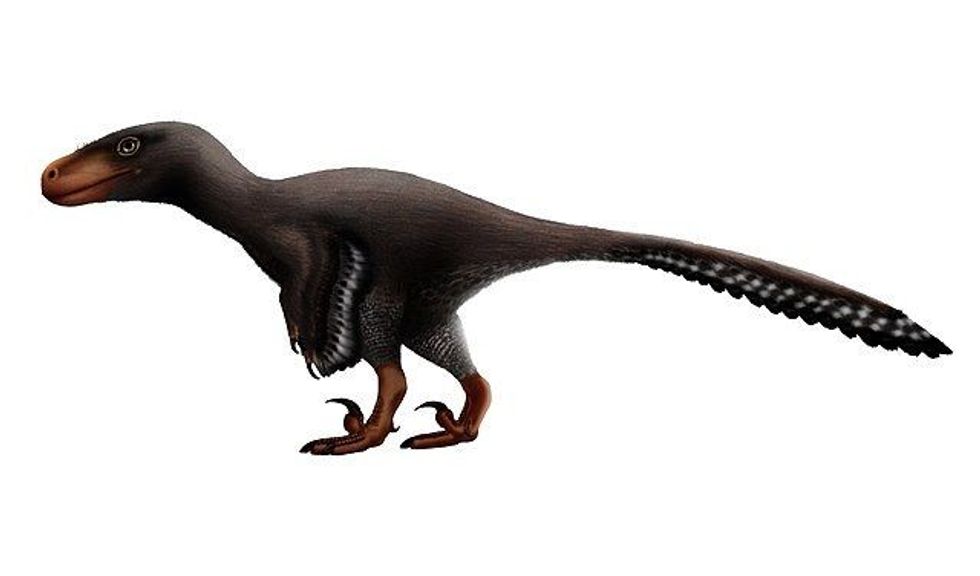The nutria (Myocastor coypus) is a unique rodent native to the continent of South America and has now become widespread. They are semi-aquatic animals and are identical to native muskrats and beavers.
A nutria has a life expectancy of about six years in the wild, whereas that increases up to ten years in captivity. Also called the Coypu, they have coarse brown fur, which is prominent for ethical use.
From southern Brazil to Argentina, they are now overpopulated. Coypus live in the marshes and aquatic regions.
They have a tail that is around 10-16 in (25.4-40.6 cm) long and orange-colored incisors because of the mineral iron pigments present in the enamel. According to the United States Fish and Wildlife Service, they have destructive feeding habits, which have caused a lot of environmental issues that have resulted in them being a national invasive species.
Due to the high nutria populations, they are also used in making fur and are also consumed by humans. Nutria, an animal that causes many environmental problems, is amongst the largest rodent species to exist.
Although they are native to South America, they are now present in every continent except Australia and Antarctica. These invasive species live in the marshes and feed on aquatic plants and roots.
To know more about these fascinating animals, we have gathered a set of interesting facts about them for you to read. You can also read up on more articles like gopher facts and muskrat facts.
Nutria Interesting Facts
What type of animal is a Nutria?
A nutria is a type of large rodent that resembles rats and belongs to the family of Echimyidae that mainly includes rats and large rodents.
What class of animal does a Nutria belong to?
A nutria belongs to the class of Mammalia.
How many Nutrias are there in the world?
It is estimated that there are over 20 million nutrias in the United States. Still, no such survey or authentic data is available on how many nutrias exist in the world. Moreover, nutrias have a high rate of reproduction which is responsible for their population.
Where does a Nutria live?
A nutria lives in wetlands and is a semi-aquatic animal. They are usually found near the lakeshore, riverbank, or even in the middle of some wetlands.
The nutria generally lives in burrows, and nests which are located near any water body. They are skilled at swimming, and they can stay swamped or immersed underwater for up to five minutes. Apart from the United States, they have moved to 17 other states from southern Brazil to Chile.
What is a Nutria's habitat?
A nutria, also known as a Coypu, prefers a wet habitat that is in freshwater marshes. They may dwell in saline marshes rarely.
They build their burrows near any lake or canals or even move to abandoned burrows constructed by muskrats, beaver, or any other animal. They prefer marshy and swampy areas as they eat aquatic roots of plants and they can even build hovering pontoons or rafts out of the vegetation.
Who do Nutrias live with?
The nutria is a social animal, and so they live in colonies. Thus, they live with a group of 2-13 individuals, usually consisting of an adult male and multiple related females with their babies.
How long does a Nutria live?
A nutria can live up to 10 years, but on average, they have a lifespan of about six years in the wild and up to 10 years in captivity.
How do they reproduce?
A nutria lives in colonies which means they are social animals. They have a high reproduction rate, so a female nutria has two to three litters in a year where every litter gives birth to five to nine young ones.
They are highly productive, and so they breed throughout the year. Generally, they reproduce during the early summers, mid-autumn, and late winters.
Therefore, their breeding usually occurs within an extreme habitat or climate.
A young nutria becomes sexually mature as early as four months after birth, and this is solely responsible for its high rate of reproduction. A female's gestation period lasts up to 130 days, and they can readily mate after a day or two.
Nutrias typically have three litters, and every litter can produce a maximum of 13 baby nutrias. Due to their higher reproduction rate, their populations are increased, which is rendering issues related to populations as the nutrias are acquiring a habitat of farms, that is, farm food and resources.
What is their conservation status?
According to the IUCN, International Union for Conservation of Nature, nutrias are listed as Least Concern.
Nutria Fun Facts
What do Nutrias look like?
The nutria is a large semi-aquatic animal that resembles a rat or a beaver in appearance. They are covered with coarse brown fur all over their body, and they also have a gray-colored underfur which is also termed as nutria.
They have rounded tails that are 10-16 in (25.4-40.6 cm) long.
Their eyes are set high on their heads as they spend mNutria on grassost of their time in or around water, with little ears, hunched back appearance, webbed feet, and large hind legs. Nutria also has orange-colored teeth, which are due to the mineral iron pigments present in the enamel.
How do they communicate?
Nutrias are social animals, and so they communicate through physical, auditory, and chemical channels. They are usually heard grunting when they are in groups.
How big is a Nutria?
A nutria is 17-25 in (43-63.5 cm) long, with their tails being 10-16 in (25.4-40.6 cm) long. They are around two times smaller than beavers.
How fast can a Nutria run?
There is no such average speed or estimated speed on how fast they can run. They mostly live in marshy areas near water and run into the surrounding vegetation. In a day, they mostly travel around 600 ft (182.8 m).
How much does a Nutria weigh?
The bodyweight of an adult nutria ranges from 9-20 lb (4-9 kg) typically, some specimens reaching up to 37 lb (16.8 kg).
What are the male and female names of the species?
In terms of gender, there are no such individual names given to them. Collectively, they are known as nutria or Coypu.
What would you call a baby Nutria?
A baby nutria has no such specific name given, but as they belong to the rats' family, they can also be called kits or kittens.
What do they eat?
A nutria eats small animals such as mussels and snails; they also feed on aquatic plants and their roots. On average, they weigh around 11 lb (5 kg), but they can gain weight up to 22-37 lb (10-16.8 kg).
They feed on ground stems and rhizomes by digging in the soil. They are omnivores and are varied eaters in general. Their feeding habit often destroys the vegetation and plantation, which hampers the natural balance of the ecosystem, so they are also referred to as invasive species.
Are they dangerous?
Yes, they are dangerous as they are considered aggressive animals. They are often a breeding ground for various pathogens and parasites.
They are considered to be disease-carrying species that infect humans, pets, livestock, and even some other animals. Diseases such as equine encephalomyelitis, hemorrhagic septicemia, paratyphoid, and leptospirosis are all caused by nutrias. They are invasive species that are dangerous to humans, livestock, vegetation, and the whole ecosystem.
Would they make a good pet?
Nowadays, nutrias are also being introduced as pets, but there are many challenges in keeping them as pets, such as a long-term commitment and the availability of proper climate and habitat for them to survive. They must be taken care of properly because of their traits of transmitting diseases.
Did you know...
The nutria, Myocastor coypus, consumes large amounts of food in the form of small animals and vegetation daily, and interestingly this amount turns out to be around 25% of their body weight.
These wild invasive rodents generally forage during the night, and so they are nocturnal rodents.
These large rodents have beautiful shaggy fur both on the outside and the inside. Their fur is used within the fashion industry as it is a better alternative to faux furs made of plastics.
Benefits of the Nutria
Nutrias are generally used for their fur, and nutria rats' meat is considered healthy as it has less fat and higher protein levels. So consuming the nutria animal meat is healthy, and their fur is also considered ethical as they are invasive species that harm the ecosystem.
Why are Nutrias bad?
Nutrias pose a lot of environmental harm, and they damage the natural balance of the ecosystem. They damage native vegetation and farms, and apart from that, they even cause soil erosion and damage the lake shores and banks of rivers and lakes, and other water bodies.
As their reproduction rate is high, the nutria rodent populations have increased rapidly, posing serious harm to the environment. Due to their feeding habits, the biomass has been observed to be ruined, damaging the structures of lakes and waterways.
Even the germination of some seeds has been disabled due to their eat-outs. According to the United States Fish and Wildlife Service, they are considered the most invasive species that exist.
Here at Kidadl, we have carefully created lots of interesting family-friendly animal facts for everyone to discover! Learn more about some other mammals, including field vole or rice rat.
You can even occupy yourself at home by drawing one on our Nutria coloring pages.










